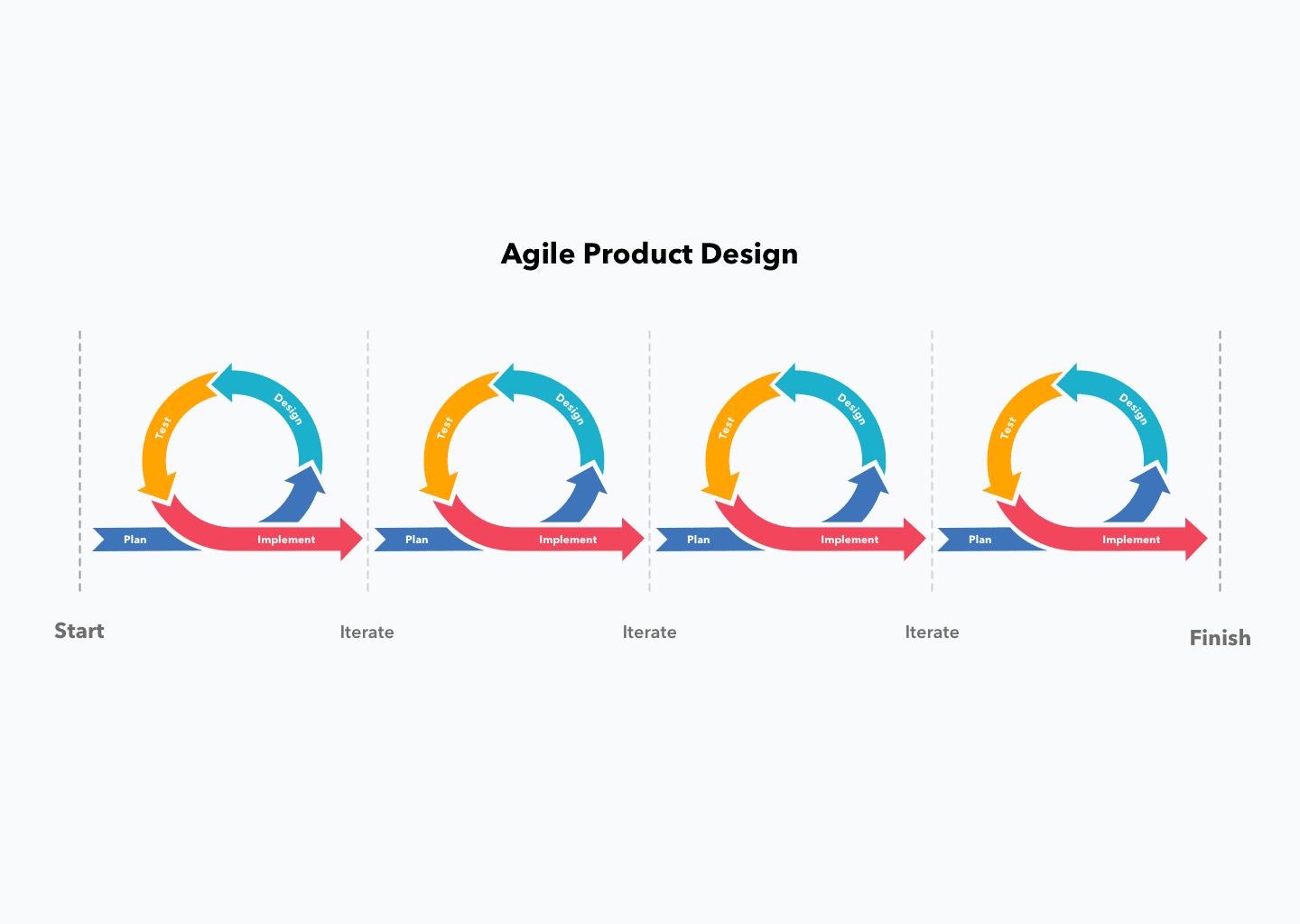What is Agile Product Design?
Product Design • January 6, 2015

Agile Product Design is a design approach that follows the principles of Agile software development, which values collaboration, flexibility, and continuous iterations. It emphasizes rapid prototyping, user testing, and the integration of feedback into the design process to create high-quality products that meet the needs of users. In Agile Product Design, design teams work closely with development teams and stakeholders to ensure that the design solution is delivered quickly and efficiently, while also being able to adapt to changing requirements. The goal of Agile Product Design is to create a design process that is flexible, responsive, and delivers value to the end-user.
Becoming an Agile design team involves adopting the principles and practices of Agile methodologies and integrating them into the design process. Here are some steps to get started:
- Adopt an Agile mindset: The team should embrace the Agile values of collaboration, transparency, and continuous improvement.
- Emphasize user-centered design: Agile design prioritizes the needs of users and emphasizes testing and iteration to ensure that the design solution meets those needs.
- Collaborate with cross-functional teams: Agile design requires close collaboration between design, development, and other stakeholders to ensure that the design solution is delivered efficiently and effectively.
- Use iterative design process: Agile design involves a series of rapid iterations, each building upon the previous, to deliver a minimum viable product (MVP) as soon as possible and then refine the solution based on user feedback.
- Use Agile tools and techniques: Tools such as project management software, design sprints, and design thinking workshops can help the team work more efficiently and effectively in an Agile environment.
- Continuous improvement: Agile design requires continuous improvement and adaptation based on user feedback and changing requirements.
By following these steps and incorporating Agile principles into the design process, teams can become more efficient, effective, and responsive in delivering high-quality design solutions that meet the needs of users.


